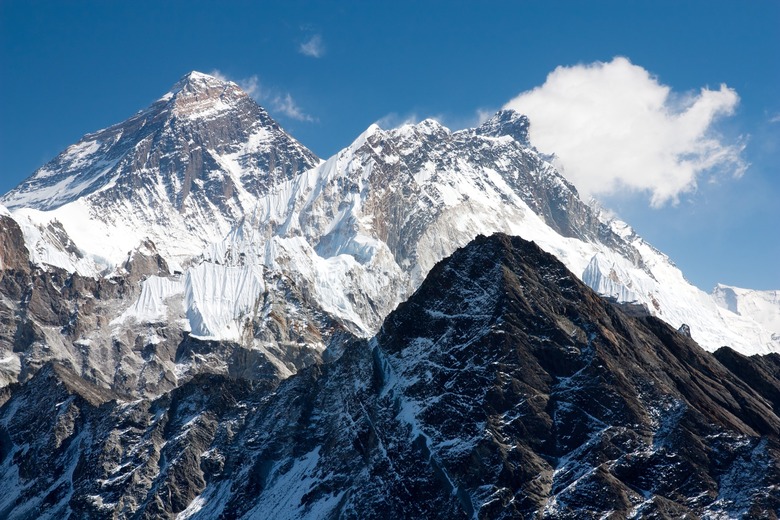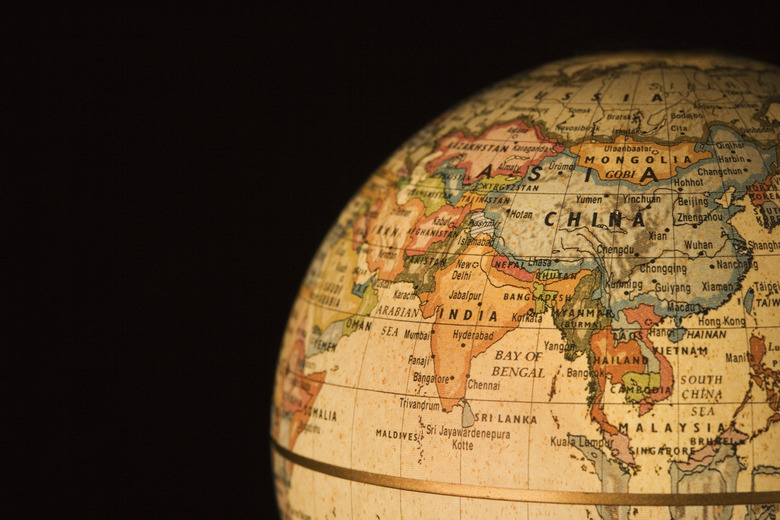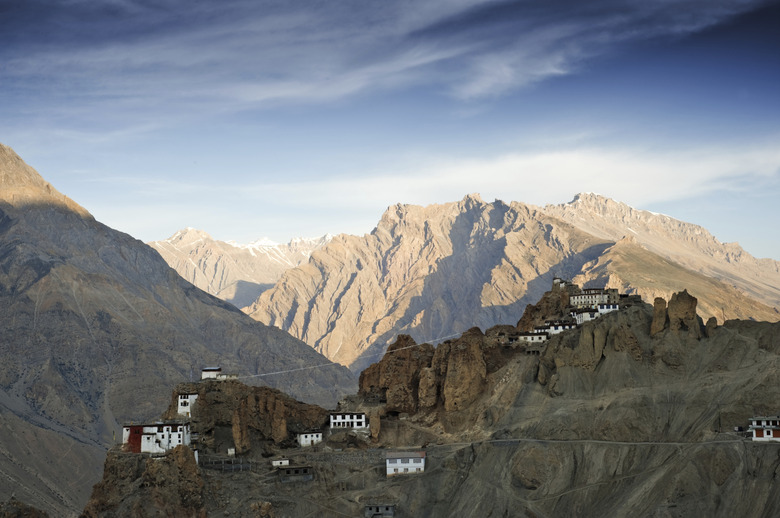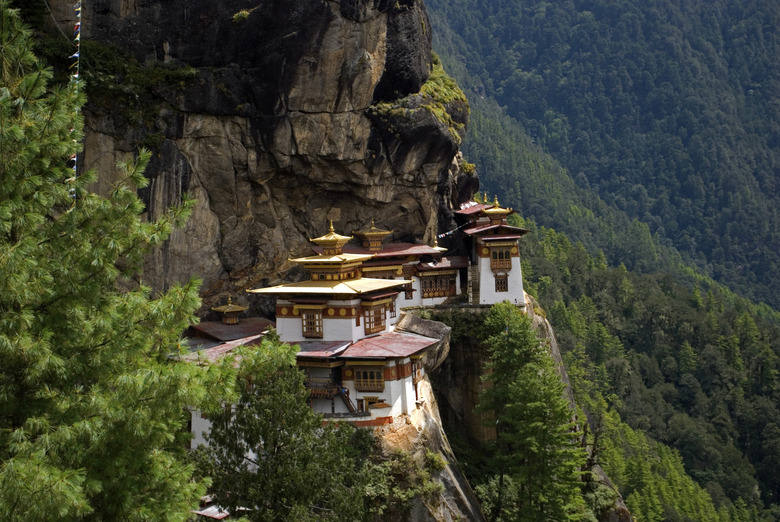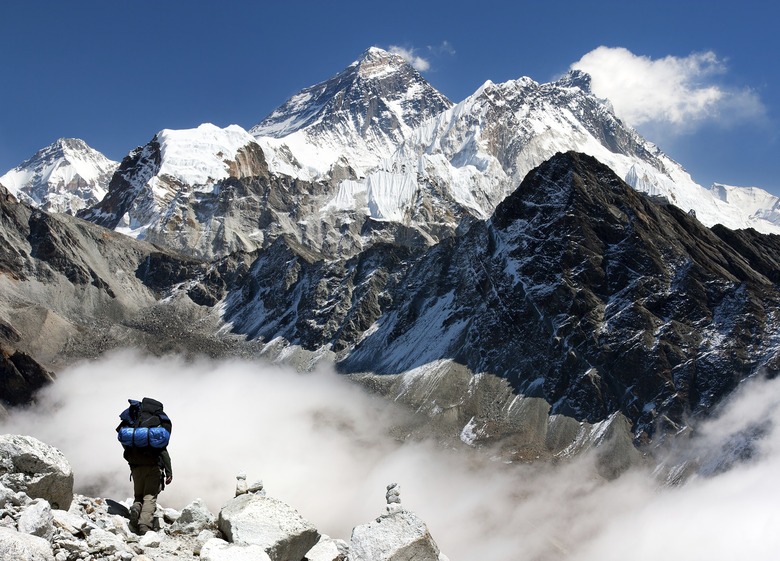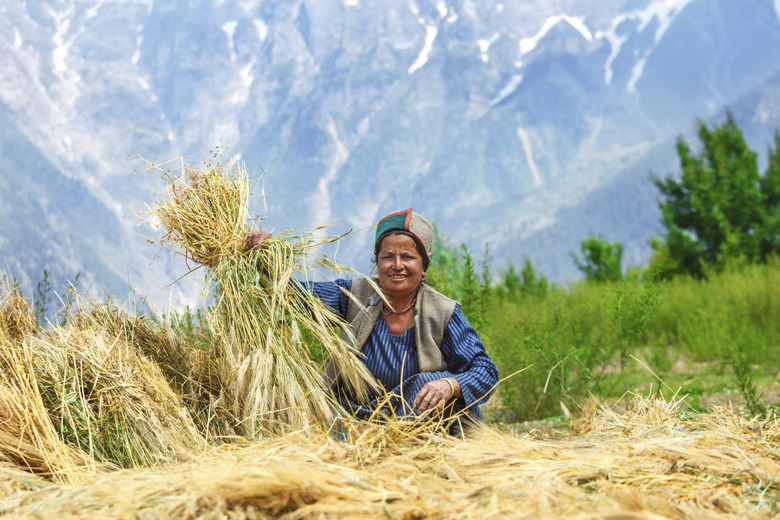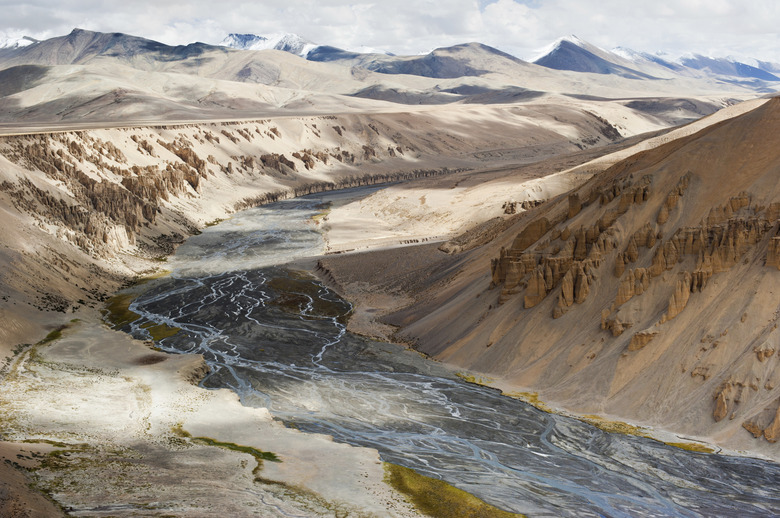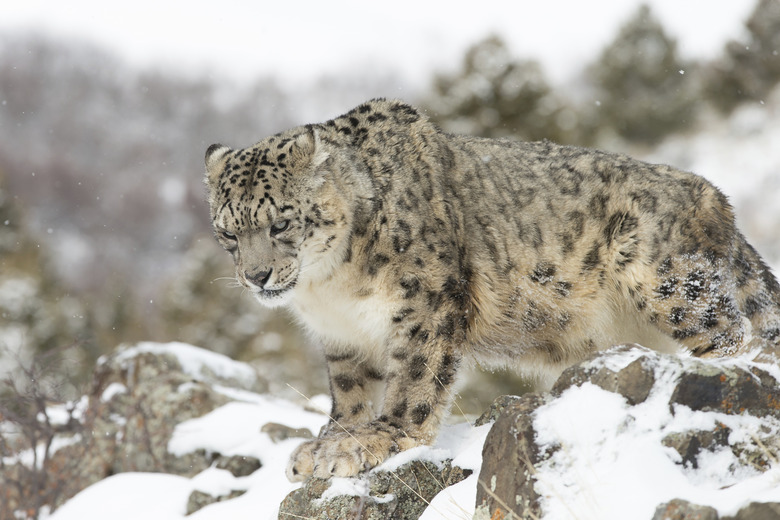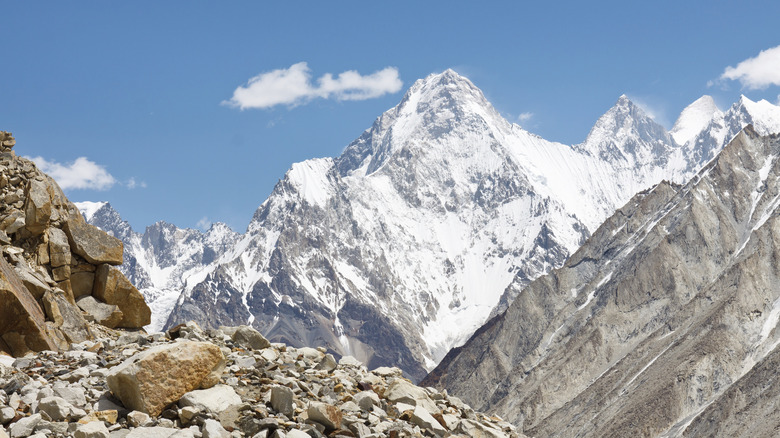Facts On The Himalayas For Kids
No matter how much research you have compiled on the Rooftop of the World, much remains to learn about this youngest mountain range on Earth. The Himalayas, meaning Abode of Snow, gained their name from the ancient Indian language Sanskrit. This spectacle is home to renowned Mt. Everest, called Chomolungma by Tibetans, meaning Goddess Mother of the World. An efficient report on the Himalayas for kids requires gaining knowledge on a variety of topics.
Himalayas for Kids: Starting with Location
Himalayas for Kids: Starting with Location
The Himalayas are on the continent of Asia, south of the Tibetan plateau and extending from west to east through the countries of Pakistan, China, India, Nepal and Bhutan.
History
History
Himalayas for kids: start with the rich history of the region. The Himalayas developed in the collision of two tectonic plates called the Eurasian and Indo-Australian plates. The interaction of the two plates about 20 million years ago pushed India and Tibet together, forming the Himalayas when they collided.
The people who live in the Himalayas are well-adapted to the mountainous territory. There's even some evidence that they have genetic adaptations that allow them to breathe easier at high altitudes.
Religions of the Himalayas include Hinduism, Buddhism, Islam and Christianity. The Himalayas are well-known for being home to Buddhist monasteries and Hindu pilgrimages.
Size and Elevation
Size and Elevation
The Himalayas cover 380,292 square miles. The mountain range varies in width from 62 to 248 miles wide. The highest elevation is Mt. Everest at 29,029 feet. The oldest range referred to as the Great Himalayas extends about 19,678 feet and the youngest range called the sub-Himalayas range between 3,000 and 4,000 feet.
Himalayas Weather Facts
Himalayas Weather Facts
Despite most pictures of the Himalayas showing the snow covered mountains, the first of the Himalayas weather facts is that the areas experiences both summers and winters. The climate, precipitation and temperature of the Himalayan mountain range and region depend on the altitude.
The foothills vary from 64 degrees F in the winter to 86 degrees F during summer. The mid-range fluctuates below 0 degrees F during winter and around 60 degrees F throughout the summer. Himalaya Alpine regions, at altitudes above 16,000 feet, are below freezing and covered with snow year-round. Monsoon season brings rainfall in the Himalayas from June through September.
Topography
Topography
The Himalayas are composed of varying topography that promotes diverse ecological systems. It's this varying elevation and altitude that results in the vastly differing weather patterns and Himalayas weather facts.
Grasslands, scrublands and coniferous forests exist at higher elevations in the alpine and sub-alpine regions (highest elevations). Temperate and sub-tropical broadleaf forests are scattered between middle elevations. Tropical and sub-tropical rainforests are found at lower elevations near the foothills. The Himalayas is home to 15,000 glaciers and a major river system that sources a number or rivers in Asia including the Ganges, Indus and Yarlung.
Plants and Animals
Plants and Animals
The majority of plants and animals exist at lower altitudes because the environment is more conducive to survival. Grasslands and scrublands are home to rhododendron plants, snow leopards, musk deer and yaks. Coniferous forests offer a habitat for pine, spruce, hemlock and fir trees, red pandas, musk deer and antelope. Temperate forests grow oak and maple trees and plants such as orchids and ferns. This region is inhabited by an array of wildlife from birds to monkeys.
The tropical and wetland regions are dominated by deciduous and tropical hardwood trees including evergreens and teak. Elephants, tigers, crocodiles and birds roam this region.
Himalayan Mountain Range: Notable Peaks
Himalayan Mountain Range: Notable Peaks
The Himalayas are home to the famous Himalayan mountain range. The most famous mountain peaks that are the first, second and third highest peaks on the planet and climbing destinations. These peaks include Mt. Everest, Karakoram (K2) and Kanchenjunga, respectively.
Cite This Article
MLA
DiVico, Taylor. "Facts On The Himalayas For Kids" sciencing.com, https://www.sciencing.com/himalayas-kids-8632745/. 4 June 2019.
APA
DiVico, Taylor. (2019, June 4). Facts On The Himalayas For Kids. sciencing.com. Retrieved from https://www.sciencing.com/himalayas-kids-8632745/
Chicago
DiVico, Taylor. Facts On The Himalayas For Kids last modified March 24, 2022. https://www.sciencing.com/himalayas-kids-8632745/
